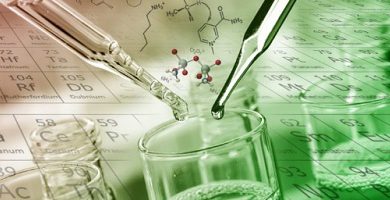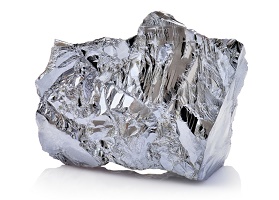What is the pH? Definition, pH Instruments, pH scale, Examples of Acid
We explain what pH is and what instruments are used to measure it. In addition, the pH scale and examples of acids, neutrals and bases.
-
What is the pH?
The pH is a unit of measurement that serves to establish the level of acidity or alkalinity of a substance .
It is expressed as the base negative logarithm of 10 in hydrogen ion activity . Its formula is written as follows:

-
What does the acid level in the pH mean?
When it is obtained by a pH measurement that a product , substance or element is acidic, it means that it has a high or low amount of hydrogen ions (depending on the level).
For its part, that the measurement shows that a substance is alkaline (base), means that it does not have these concentrations of hydrogen ions. Therefore the pH is only the indicator of the potential of hydrogens .
-
The pH measurement scale

As well as to establish the meters of a table, a measuring tape is used that has millimeters, centimeters and meters , the pH also has its own scale. In this way we will find that it ranges from 0 to 14.
Reaching 0 (zero) is an indicator of maximum acidity, meanwhile, 14 is the opposite, base. The intermediate point is 7, as the name implies, it is neutral.
Acid Examples
- Battery acids : They are between 0 and 1, their acid level is so strong that it is harmful to the species.
- Acid rain : It is a phenomenon that is produced by the accumulation of acids from fossils and fuels. In the acid scale it can be located between approximately 5 or 2, the first one causing the least damage (for example, affecting the reproduction of fish). Since reaching 2, it can lead to the death of aquatic species. In the same way the most delicate flora and fauna .
- Lemon juice : It is located between 2 and 3.
- Coffee : It is located at 5.
Neutral examples
- Blood
- Milk
Examples of bases
- Milk of magnesia : In the pH table is between 10 and 11. This product is for medicinal consumption .
- Bleach or chlorine : Alkalinity level 13, is used for cleaning the home, bathrooms, kitchen and has the power to discolor clothes.
-
How is the pH measured?

There is an easy-to-use instrument on the market called Tornasol Paper . It is called that because it changes its color depending on the solution in which it is immersed, in this way the acids will make the paper turn pink. In the same way, when it is introduced into a basic solution, it will turn blue. This paper should be left in contact with what you want to measure for a few seconds.
To obtain a more specific result in the table using these same litmus papers, there are levels , so the paper with the scale that corresponds to the product to be measured must be selected approximately. If you don’t know it, it will have to be through trial and error.
Now, using this type of pH meter has difficulties and may not work with all substances . So for professional use, a specific voltmeter, better known as a pH meter, is also used, with two electrodes. The latter generate current to make the presence of hydrogen ions more evident, something that will be reflected in the pH meter.
-
What are buffer solutions?
They are used to maintain the level of acidity or alkalinity of a substance exposed to chemical reactions, this prevents unwanted reactions.





